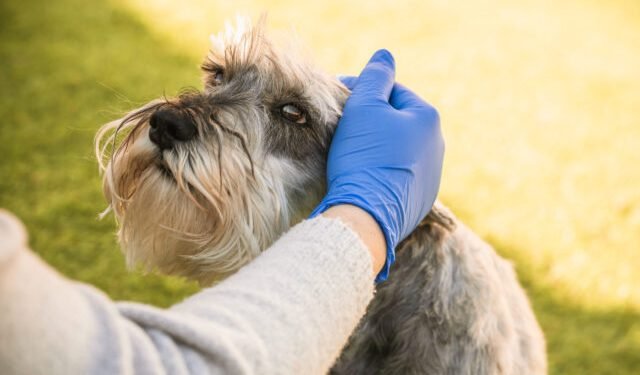The fear of some pet owners is often linked with zoonotic diseases and the impact they can have on them, and that is the more reason why I always emphasize the need to ensure our pets are protected from these diseases and infections before they even think of spreading them to us.
Today's topic will address a certain zoonotic disease, which means it could have a terrible effect on our pets alongside pet owners. Trichinellosis is the topic I am talking about, it is a severe zoonotic disease caused by parasitic nematodes (roundworms) which belong to the genus Trichinella. The species are eight in total with three additional genotypes in the genus.

flickr.com
Most mammals can be affected by the disease, and a few of the species affect birds and reptiles as well. But, while humans are susceptible to infection by all the parasite species, Trichinella spiralis happens to be the most common one, having a strong effect on rats, horses, pigs, rats, and many other carnivores.
The consumption of infected meat or meat products is how trichinellosis spreads. Transmitted between animals through scavenging and predation, to pigs by feeding them with scraps and uncooked meat or by eating rats, and then to humans through the consumption of insufficiently cooked meat or products of meat from an infected animal.
Symptoms of trichinellosis depend on the stage of the infection, at an initial stage when larvae or adults are in the intestines, it could result in abdominal discomfort with diarrhea, nausea, fever, abdominal discomfort, and fatigue. As the larvae now migrate into the muscles, they could cause serious pain, headaches, fevers, aching joints, chills, cough, eye swelling, itchy skin, rash, muscle pains, and constipation or diarrhea. How severe the disease gets is highly related to the number of ingested larvae. The clinical symptoms of trichinellosis usually begin two weeks after consumption of raw or undercooked meat, and it can last for as long as eight weeks.

orissapost.com
To control trichinellosis in animals, there needs to be the practice of rodent control, meat inspection practices, appropriate oversight of feed for animal consumption, and finally proper heating or freezing of meat for human consumption.
It is often impractical to treat trichinellosis in animals, the goal to help our dear animals is to prevent ingestion and further infection by an animal.
Meat inspection for viable trichinae at the time of slaughter is a very important method to prevent human infection in many countries. As a process of meat inspection, directly detecting trichinellosis is carried out through a microscopic examination of muscle tissue squeezed between plates of glass.
Recently however, a more sensitive method has been used, muscle tissue is now digested with enzymes, and the residue is then concentrated and examined under the influence of a microscope, the worms too are easily identified and since they are liberated in the artificial digestion process, they can be viewed moving under the microscope.
Carrying out an indirect form of test is dependent on the response of the immune of an infected animal and then finding antibodies to the larvae. The serological methods could be highly sensitive, but may not have the ability to detect early infection, but in the same vein, serological tests can be used to screen large numbers of animals for the sake of surveillance.
Conclusion.
The best way to avoid trichinellosis is to focus on public health, in domestic animals, there have to be measures to limit or eliminate the risk of animal infection. Humans need to ensure the appropriate processing of meat before consuming them.
